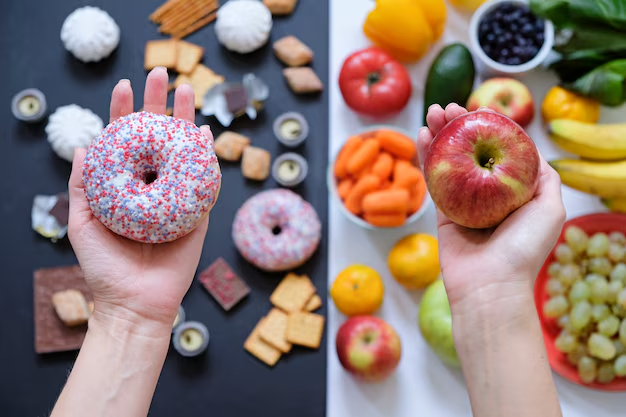Is Peanut Butter a Smart Choice for People with Diabetes?
If you're living with diabetes, you're likely familiar with the careful balancing act required to manage your diet. One common question often posed is whether peanut butter is a good choice for individuals with diabetes. To answer this, we need to delve into what makes peanut butter a dietary staple for many and how it fits into a diabetic-friendly meal plan.
The Nutritional Profile of Peanut Butter
Peanut butter, especially natural or unsweetened versions, can be a nutritious part of any diet due to its rich content of healthy fats, protein, and fiber. These nutrients are essential for maintaining a stable blood sugar level, an important consideration for people with diabetes.
- Healthy Fats: Peanut butter contains monounsaturated fats, which are known to improve heart health—a major benefit since people with diabetes are at a higher risk of heart disease.
- Protein: A serving of peanut butter can provide a substantial amount of protein, which helps in managing hunger and promoting satiety, reducing the temptation to snack on high-carb foods that could spike blood sugar levels.
- Fiber: Although peanut butter isn't high in fiber compared to other foods, it still contributes to daily fiber intake, aiding in digestive health and further assisting in blood sugar control.
How Peanut Butter Affects Blood Sugar
One of the critical aspects of diabetes management is understanding how different foods affect your glycemic index (GI). The good news is that peanut butter has a low glycemic index, meaning it doesn't cause a rapid increase in blood sugar levels. This makes it a good option for diabetics when consumed in moderation.
Tips for Including Peanut Butter in a Diabetes-Friendly Diet
- Choose Unsweetened: Opt for natural peanut butter that doesn’t contain added sugars which can contribute to unwanted blood sugar spikes.
- Moderation is Key: Stick to recommended servings to avoid excessive calorie intake, which could lead to weight gain and complicate diabetes management.
- Pair with Whole Foods: Combine peanut butter with whole grains or fruits that also have a low glycemic index for a balanced snack or meal.
Lifestyle Considerations for Diabetes Management
While making smart dietary choices is crucial, managing diabetes often involves a multidimensional approach, including financial planning, educational resources, and potentially navigating government aid programs. Effective diabetes care can be expensive, but there are several avenues to explore for support.
Here’s a quick guide to some resources that may offer assistance:
- 💰 Government Aid Programs: Investigate Medicaid or Medicare benefits if you qualify, as they can sometimes cover medication costs or nutritional counseling.
- 🏦 Financial Assistance: Many organizations, such as the American Diabetes Association, provide support or guidance on financial aid specific to diabetes care.
- 📚 Educational Opportunities: Look for diabetes self-management education and support (DSMES) programs that offer training on managing diabetes effectively.
- 💸 Debt Relief Options: Consult with financial advisors on how to manage or consolidate medical debt without compromising healthcare quality.
Managing diabetes is a complex but manageable task when approached holistically. With the right dietary choices anchored by strong lifestyle and financial plans, integrating foods like peanut butter can be both a nutritious and enjoyable part of living well with diabetes.
